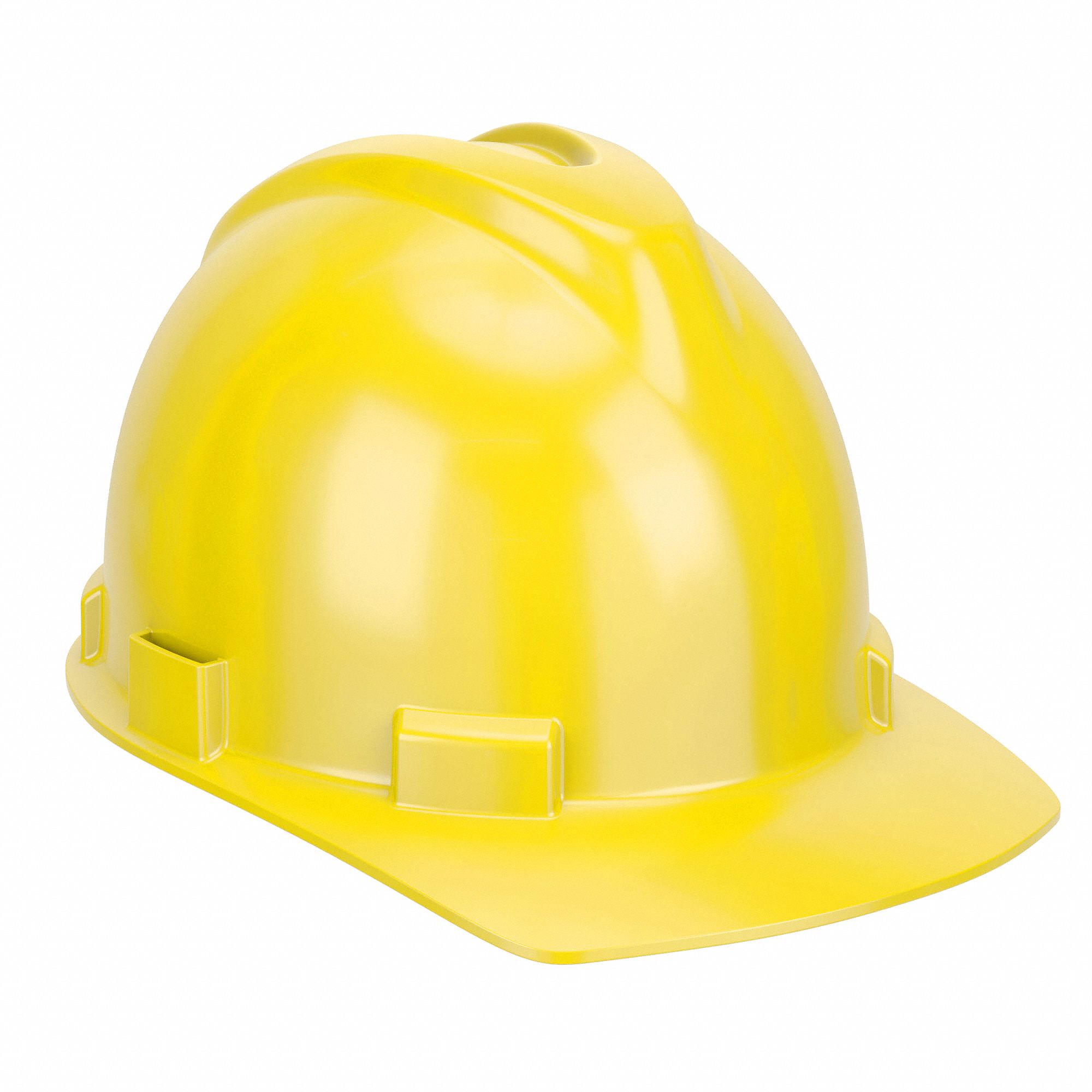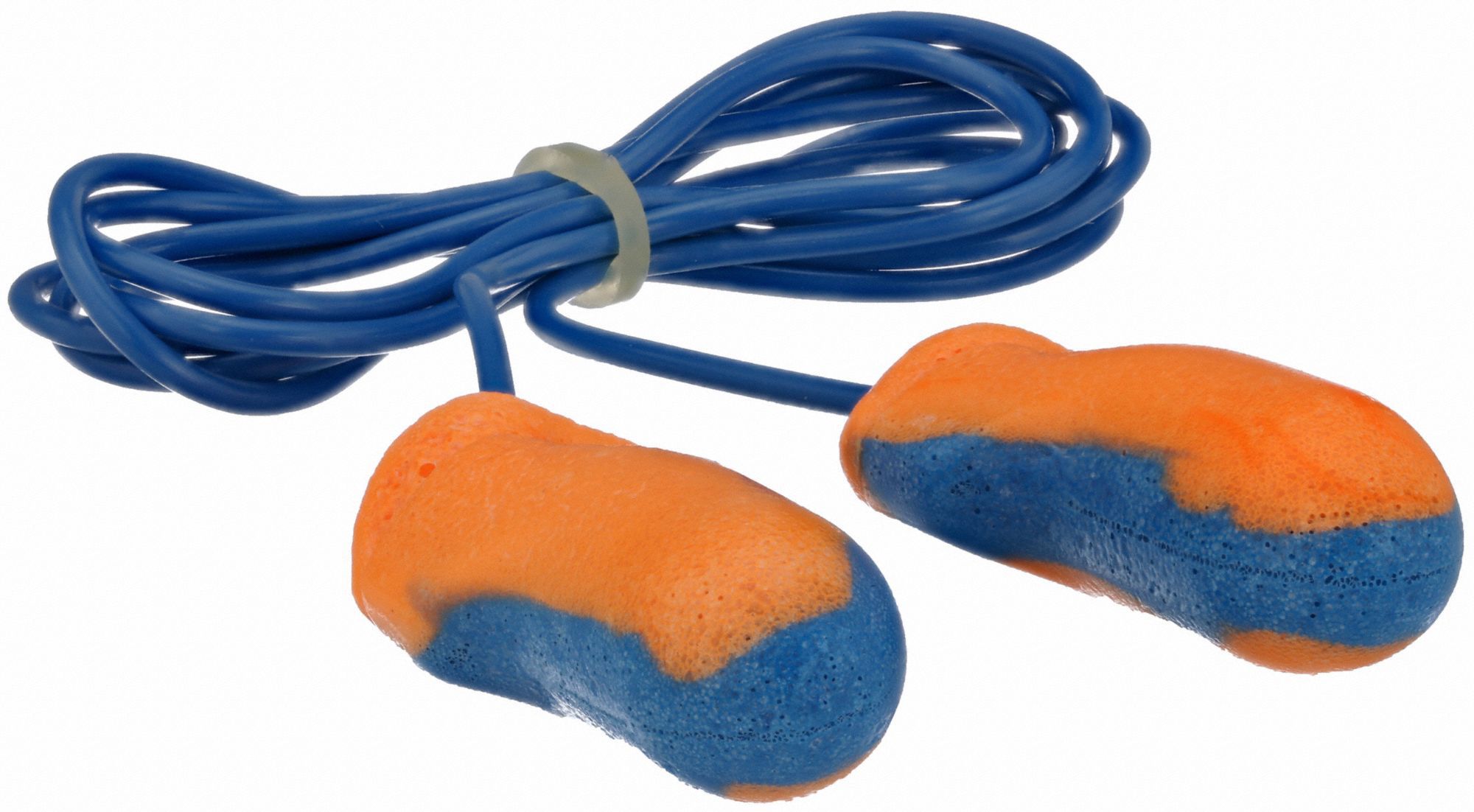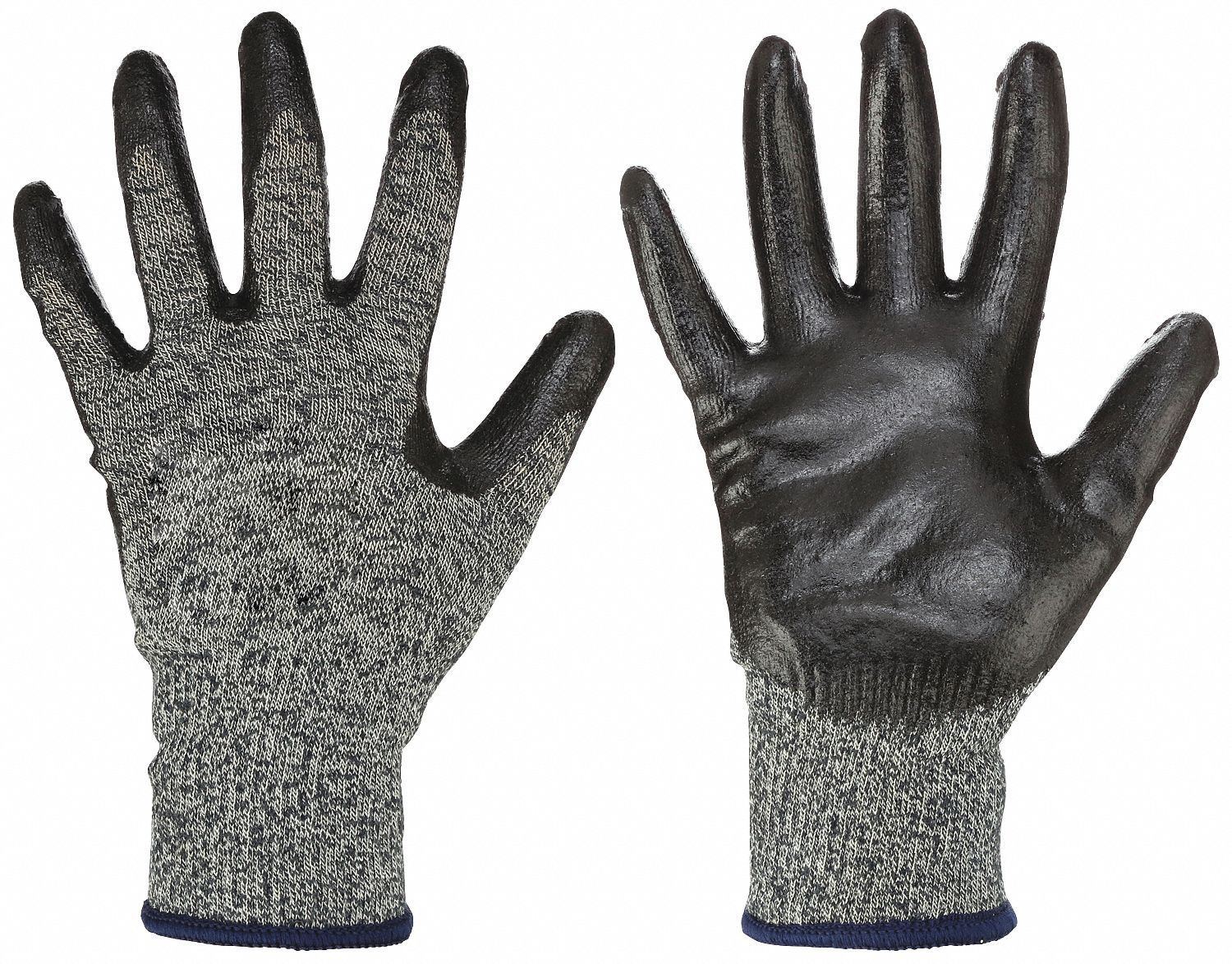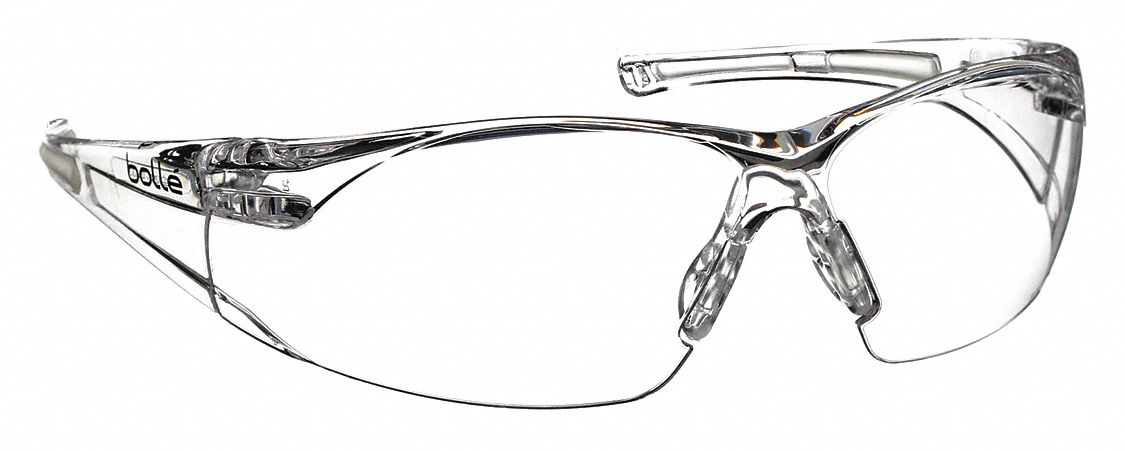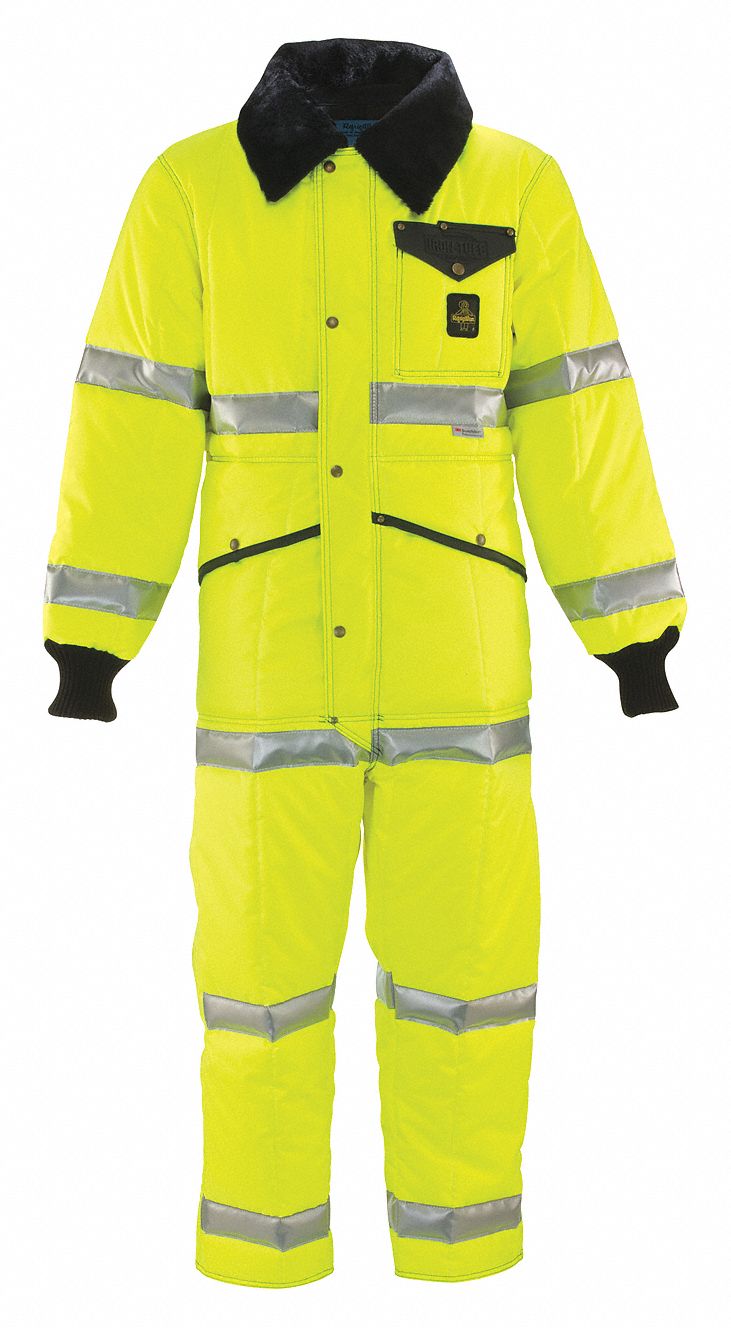

OSHA Top 10 Violations: 2021
By Grainger Editorial Staff 10/13/21


OSHA has released newer data. See the top 10 most-cited violations for 2022.
In October 2021, OSHA released preliminary data for the top 10 most-cited standards in fiscal year 2021. The data includes violations cited between Oct. 1, 2020, and Sept. 30, 2021, and is current as of Nov. 8.
The preliminary data was presented at the 2021 NSC Safety Congress and Expo by Patrick Kapust, deputy director of the Directorate of Enforcement Programs at OSHA.
The chart below gives OSHA's preliminary data alongside the final data from FY 2020. See recent results here: 2020 | 2019 | 2018
OSHA Standard |
FY 2021 Preliminary Data |
Previous Year's Data |
1. Fall Protection – General Requirements (1926.501) |
5,271 Violations |
No. 1 with 5,424 Violations |
2. Respiratory Protection (1910.134) |
2,521 Violations |
No. 3 with 2,649 Violations |
3. Ladders (1926.1053) |
2,018 Violations |
No. 5 with 2,129 Violations |
4. Scaffolding (1926.451) |
1,943 Violations |
No. 4 with 2,538 Violations |
5. Hazard Communication (1910.1200) |
1,939 Violations |
No. 2 with 3,199 Violations |
6. Lockout/Tagout (1910.147) |
1,670 Violations |
No. 6 with 2,065 Violations |
7. Fall Protection – Training Requirements (1926.503) |
1,660 Violations |
No. 8 with 1,621 Violations |
8. Personal Protective and Life Saving Equipment – Eye and Face Protection (1926.102) |
1,451 Violations |
No. 9 with 1,369 Violations |
9. Powered Industrial Trucks (1910.178) |
1,404 Violations |
No. 7 with 1,932 Violations |
10. Machine Guarding (1910.212) |
1,105 Violations |
No. 10 with 1,313 Violations |
The information contained in this article is intended for general information purposes only and is based on information available as of the initial date of publication. No representation is made that the information or references are complete or remain current. This article is not a substitute for review of current applicable government regulations, industry standards, or other standards specific to your business and/or activities and should not be construed as legal advice or opinion. Readers with specific questions should refer to the applicable standards or consult with an attorney.

